Whether you will be in the classroom directly teaching your students, or if you will be online doing distance learning, then adding STEM activities is a great way to keep students engaged and doing higher level tasks. With the right support and objects easily found around the house, ALL students can complete this free STEM challenge!! (see button at bottom of post). Plus, you can use this structure to come up with some of your own!!
You see it everywhere, STEM activities and project based learning. But if you teach in a classroom with students who have significant intellectual, fine motor, gross motor, communication, and behavioral challenges, you may be thinking it isn’t for you. BUT, with the right support in place your students can participate in these activities in a meaningful way that will keep them engaged and excited about the material.
So, let’s think about the supports we can put in place:
- Visual structure
- Peer support
- Conducting the experiment
- Social/communication support
- Sharing the finished product
1. Visual support
As with most activities in classrooms that serve students with significant challenges, there is a heavy emphasis on adding visual structure as a main support. This can be challenging when it comes to using a main-streamed regular ed activity like a STEM activity. But, it can be done. And, after you do it once, it will be easier to repeat the process with similar tasks.
The first thing to do is to is add some structure when it comes to choosing supplies for the project. Take pictures or use symbols for the materials students will have to choose from.
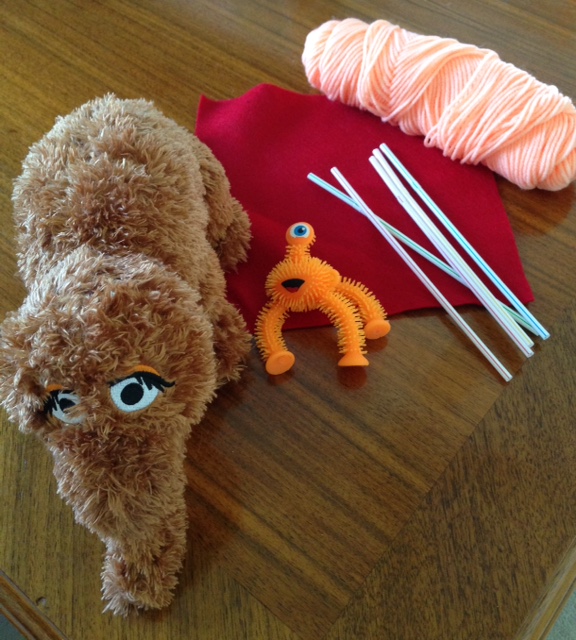
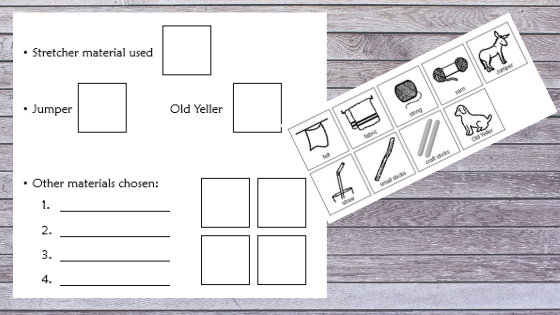
2. Peer support
Forming teams of students is great opportunity to capitalize on certain strengths individual students have. Making sure there is a student with strong fine motor skills in each group is helpful. It is also good to balance communication skills and behavioral challenges.
In the end, it is always better to have another classmate or peer help a student with specific challenges than have an adult step in.
With all the changes coming due to the Corona virus, I know this may not be a likely component. However, if you are doing these at home or as distance learning, then getting siblings involved as helpers is a great idea!!
3. Conducting the experiment
So, here is the thing, doing STEM with these kiddos can get pretty interesting and messy. But, I really encourage you to let it flow and give students as much independence and control over the process as possible. Having an amazing looking product at the end that adults had a heavy hand in creating, means very little to the students or to the parents who are entrusting you to guide and support their kids.
If students are truly struggling, ask lots of questions. Give students many choices so they are able to control as much as possible the flow of the STEM activity. The end product may look NOTHING like you expected. But, really, it is so much more about the process then the end product.
Finally, the more you incorporate this type of activity into your lessons, the better your students will get at it. In the beginning, it may feel like they have not gotten much out of it at all. It may feel like it was lot of work for nothing. (I know. I was in that exact same spot for many months. But, by mid-year, I could look back and see definite growth.) By using the SAME format, students were able to master different parts every time. So, at first, I may have ended up with literally a pile of supplies with no obvious purpose. But with time, it started to slowly change into a more meaningful placement of materials in that pile, and eventually became something we could all recognize as a finished product.
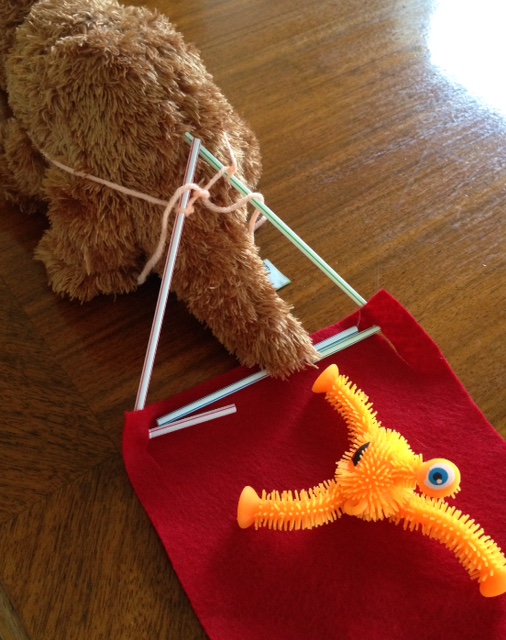
4. Supporting social interactions
One of the best things about STEM activities is giving students a chance to collaborate and work together. This often does not happen naturally or unsupported in many of our classrooms. Luckily, with a few critical changes, you can support this interaction in a way that encourages independence and true social interactions.
I like to purposefully call them a team, and have students record their names as team members. This may seem overly simplistic or obvious, but in our classrooms, the team is often made up of, or led by, adults. This activity, as much as possible, is student led and student supported. So declaring them a “team” and having the students record that is surprisingly powerful.
The next thing is to give students some structure to recognize and evaluate any problems that come up in the process. By having a space to specifically record any problems, acknowledges that there are likely issues that will happen, and they will happen to almost every team.
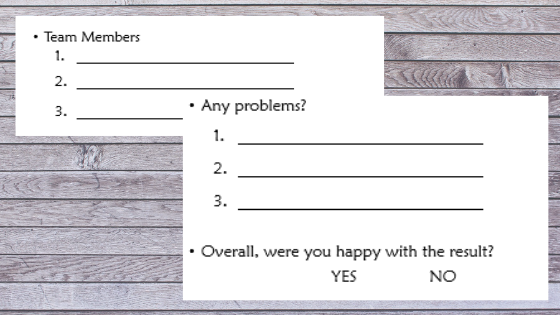
5. Sharing their finished product
The last thing I feel is super important is giving students a chance to share with others their finished product and how the process went. Allowing students to use their communication mode of choice is powerful, and with the right support, you will see that twinkle in their eye that tells you it was all worth the extra effort.
Want to give it a try? Click on the button below to download a FREE STEM activity that comes from my Old Yeller Novel Unit. It pairs well with Chapter 10, as Travis tries to create a stretcher to pull Old Yeller behind his donkey, Jumper.
To download this free STEM activity click the button below.

To check out my novel unit on Old Yeller, click HERE.
If you are looking for more fun ways to do science at home or in the classroom, be sure to check out my post on the scientific method!! It has a free experiment you can download and complete using things I know you have around the house!! Click HERE to head there now.
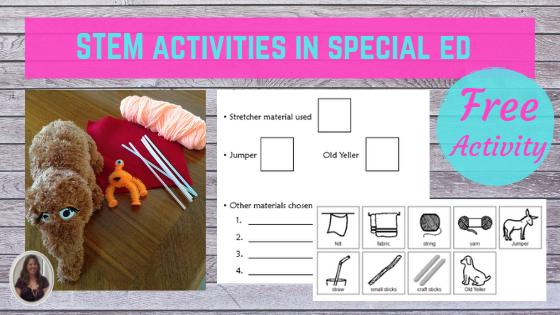


One Comment
Comments are closed.